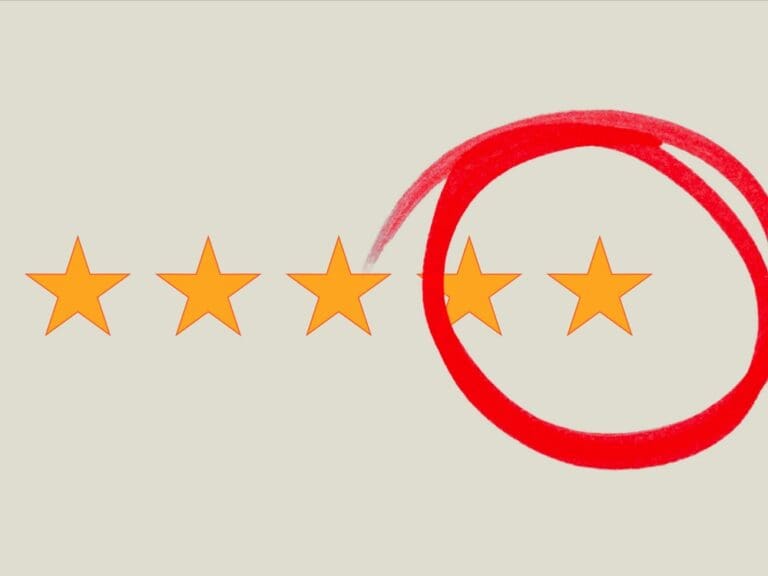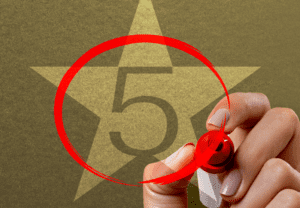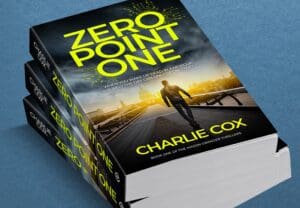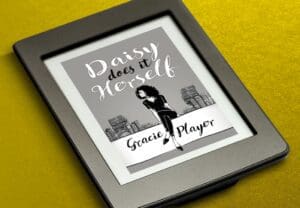
Self-publishing: What does it mean?
The roots of what we currently call ‘self-publishing’ go a long way back, and are woven deeply into the history of traditional publishing. It seems that for years authors have been finding alternatives to the commercial, sales-led publishing avenues in order to publicise and distribute works that might not fit neatly into a big publisher’s marketing plan.
One of America’s most iconic and successful titles, a cook book called The Joy of Cooking, was first released in 1931 by Irma S. Rombauer. It was self-published or ‘privately published’ as it was referred to then. The eighth edition was published by Scribner over 70 years later in 2006 and the title can still be found on chefs’ bookshelves today. Self-publishing as a process has been going on for hundreds of years – from William Blake’s Songs of Innocence in 1789 to Marcel Proust’s Du côté de chez Swann (Swann’s Way), a title which was famously rejected by a French publisher in around 1915 but which was then brought into being by the author himself, leading to six subsequent volumes being released after the title was picked up by the publisher Gallimard.
The first well-known example of an author creating their own small printing press can be seen in Virginia and Leonard Woolf’s Hogarth Press, founded in 1917, which relaunched in 2012 as The Crown Publishing Group. What started 100 years ago as a dining-room hobby turned into a significant publisher offering a myriad of diverse titles.
These are just a handful of examples which illustrate that it has long been possible to self-publish, although it is only recently that self-publishing has become accessible or even viable. Despite its long and rich history, our modern notion of self-publishing is more vibrantly coloured by recent technological advances than by any literary legacy left by early independent or self-publishers. When someone mentions ‘self-publishing’, of course we think of Amazon, ‘Print on Demand’ and e-books; we don’t think of The Joy of Cooking or Virginia Woolf. So what is the true identity of self-publishing?
Advances in ‘Print on Demand’ (POD) technology (circa 1997) afforded almost anyone the opportunity to distribute and market a book, giving rise to an explosion of what we’d probably call ‘vanity projects’. This term has been synonymous with self-publishing in the past, but now, as the industry matures, self-publishing is becoming a much more identifiable phenomenon. Vanity publishing describes projects that are not necessarily of a high quality or written for a particular market, but rather are written for the author’s own pleasure – possibly to fulfil a personal or, dare I say it, whimsical need to have a book published. This is not to say that vanity publishing is bad per se; many books written from this more personal standpoint are excellent. Indeed, many self-identified vanity authors with whom I have worked have produced top-level works that sell brilliantly. It’s just that they were less concerned with the book being part of a sustainable business plan than simply getting it out and having a copy in their hand, and that’s no bad thing. The truth is that whatever label you assign to it – ‘self’, ‘indie’, ‘vanity’, ‘private’ – these bear no relation to what one can expect from the author in terms of quality. And this further demonstrates the identity crisis that self-publishing is going through.
Literary critics, scholars and reviewers certainly still need some convincing about the relevance of self-publishing to literature, despite its venerable history. This is no surprise, given the fact that they do rely on agents, publishers and other industry standard-bearers to point out material that is worthy of attention, and these parties largely ignore self-published books. Even after 300 years (thank you, William Blake) self-publishers are still routinely sidelined as amateurs by the traditional commercial publishing industry. But this is slowly changing, as it is bound to do, given the massive improvements in the quality of self-published titles over recent years. When the established literary communities are observing this change and adding a useful voice to the conversation, then the perceived identity of self-publishing will shift again.
‘Progressive’ is a word that could be used to describe modern self-publishers. Learning by immersing themselves in and reacting to the market, the authors I speak to regularly are literary, innovative, commercially aware and tech-savvy. They know how to write books and how to present them. They have assimilated all of the skills and processes offered by commercial publishers and know how to source effective support. They are, simply, publishers. The only difference is that they are doing things on a smaller scale. This small, one-book-at-a-time approach often leads to a wonderfully focused and coherent synergy between literary vision and creative innovation. The result of which are works that are far more interesting than the often dry, predictable offerings you’ll find on the shelves of high-street retailers. Self-publishers are able to connect with their readership personally, create daring and sensitive work that challenges genre conventions, and then make it look as good as (if not better than) the books you’ll find in your local stores. It’s this ability to react quickly to the market and make brilliant use of new available technologies as they emerge that gives many self-publishers their progressive edge. When it comes to definitions, perhaps ‘progressive-publishing’ is closer to the truth.
Whatever the label, the self-publishing industry is still increasing in size and, more importantly, in quality. Yes, the output of self-publishers is hugely varied with a large proportion of authors still releasing unedited, undesigned and unmarketable books, but on the other end of the scale, serious self-publishers are achieving sales figures that outstrip all but the highest-flying literary celebrities. Amanda Hocking, for example, sold 1.5 million books in 18 months, which exceeds the lifetime sales of many traditionally published authors. Self-published books like Andy Weir’s The Martian are being picked up and turned into Oscar-nominated movies. These kinds of success stories are few and far between (whether discussing self or traditionally published books), but what is becoming more common is self-published authors selling very good numbers of books and steadily increasing sales as their back catalogue grows. My client A. P. Bateman sells in excess of 2500 books per month, every month, and recently topped a total of 3200 sales across his five titles. As he adds more books, his sales will increase, and he’s not alone in this situation. Self-publishers can now make a good career from their writing, taking all the profit from their sales with no middle men to consider.
So, where are we now? The pleasant surprise that we can all publish books is fading; the novelty has worn off. Today, it feels as if the identity crisis that came about due to people ‘panic-publishing’ anything and everything is dissipating and, as the dust settles on the hundreds of thousands of titles that are available, we’re left with one defining and reassuring factor: quality is key. The Amazon and Google algorithms are sophisticated enough that they cannot be tricked into displaying badly made books. Top-selling titles need to look good, be well written and finely edited. Best-selling authors understand and respect their market, and must offer something compelling. Progressive-publishers (to coin a phrase) know this and are tenacious in their pursuit of excellence, displaying levels of invention and creativity that often put the formulaic, tried-and-tested output of long-standing commercial publishers in the dark. This emphasis on quality means that authors are arguably much better off spending time perfecting their writing skills and recruiting designers than learning Google Adwords or filling up Instagram with images of a book launch. Those things are important and useful, but overall it’s the book design and quality of writing that will sell a book and gain reader loyalty.
Creativity aside, industry figures speak for themselves. Author Earnings reports that, this year, indie-published e-books accounted for 45% of the total e-book sales on Amazon, with the ‘Big Five’ publishers selling around half of that and dropping. It was back in May 2015 that independent authors overtook the ‘Big Five’ in e-book sales. Perhaps this is why commercial publishers are poaching authors from Amazon relatively frequently; it is, after all, a perfect showcase of talent, complete with reader reviews and Amazon rankings – a much more time-efficient way of discerning the marketability of an unsigned author than reading an entire manuscript! We are still in a state of flux, but everything is looking good as progressive-publishers combine the liberation of being creatively independent with the skills required to get their work ‘out there’.
“When people talk of the freedom of writing, speaking or thinking I cannot choose but laugh. No such thing ever existed. No such thing now exists; but I hope it will exist. But it must be hundreds of years after you and I shall write and speak no more.”
John Adams – 1806
Self-publishing, for want of a better term, has come a long way – through a long, albeit quiet, history, a meteoric rise to fame (accompanied by the obligatory bad press), to a post-modern self-aware present. I would argue that the future looks incredibly positive. While the literary industry as we know it gradually assimilates the concept of self-publishing, we will see many more of the confident, creative ‘authorpreneurs’ who are already appearing in reassuringly large numbers. This in turn can only lead to an accelerated increase in quality and diversity, which will not just be great for indie-publishers’ bank balances but also for literature at large. It’s an exciting time to be a writer and a thrilling time to be a reader.
















